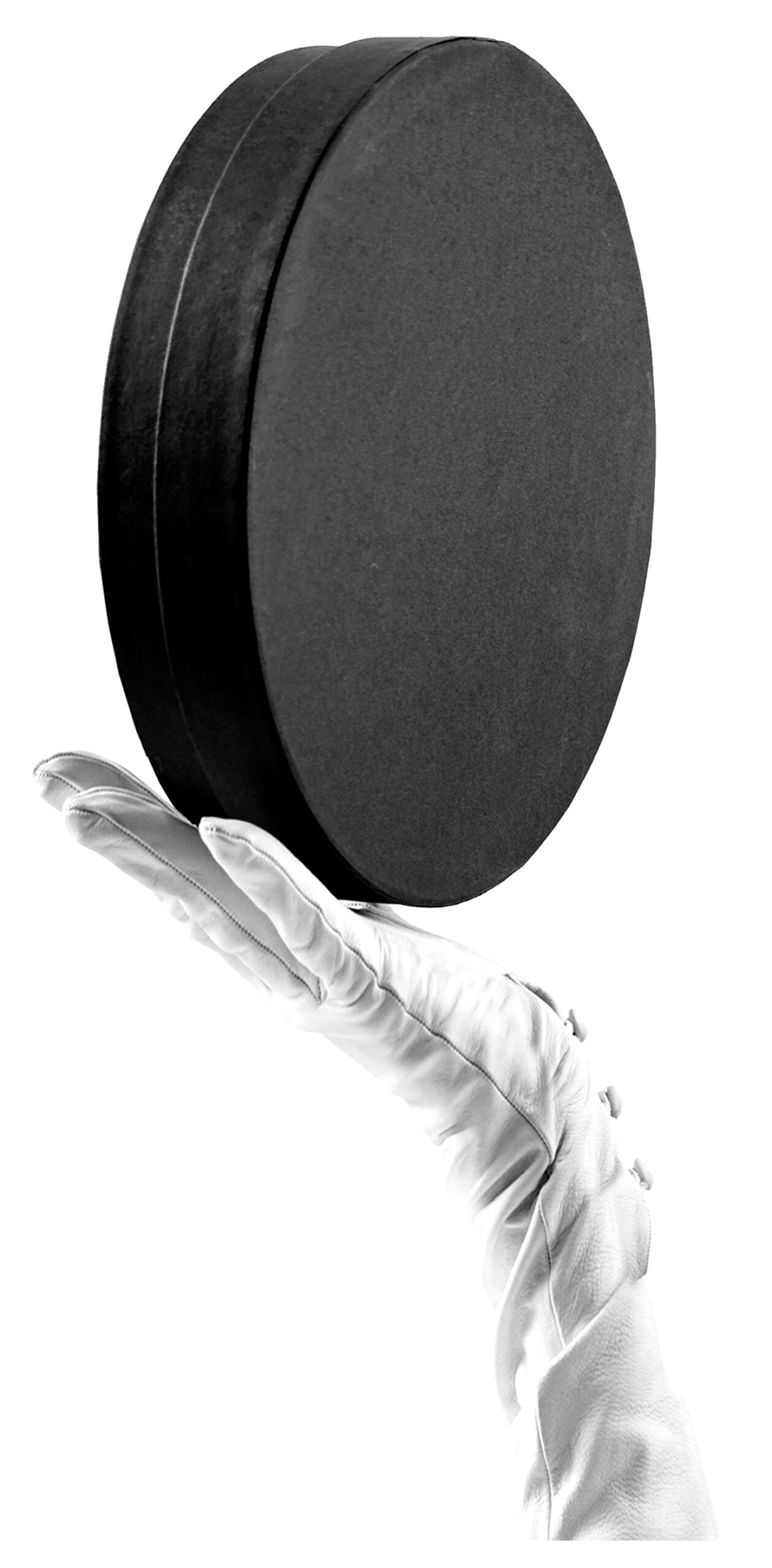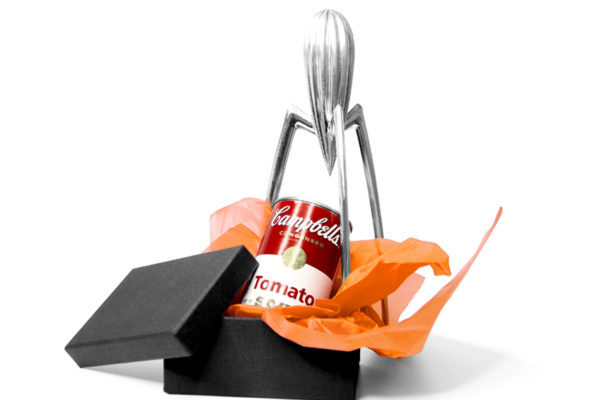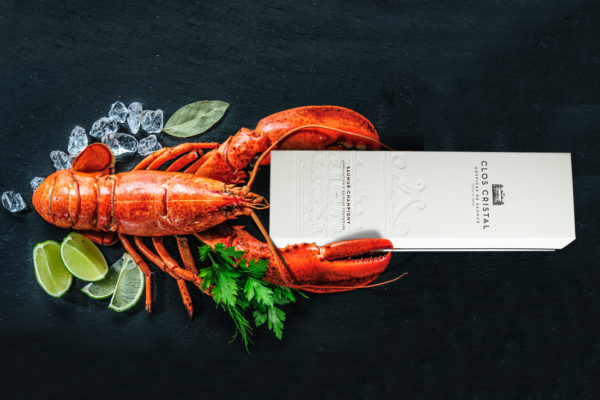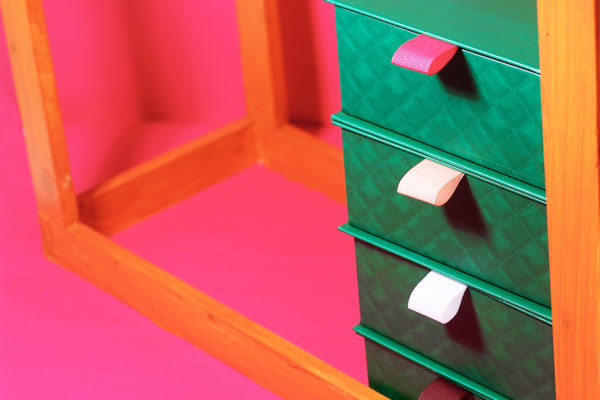
The New Shape of Beauty: From Industrial Design to Sustainability
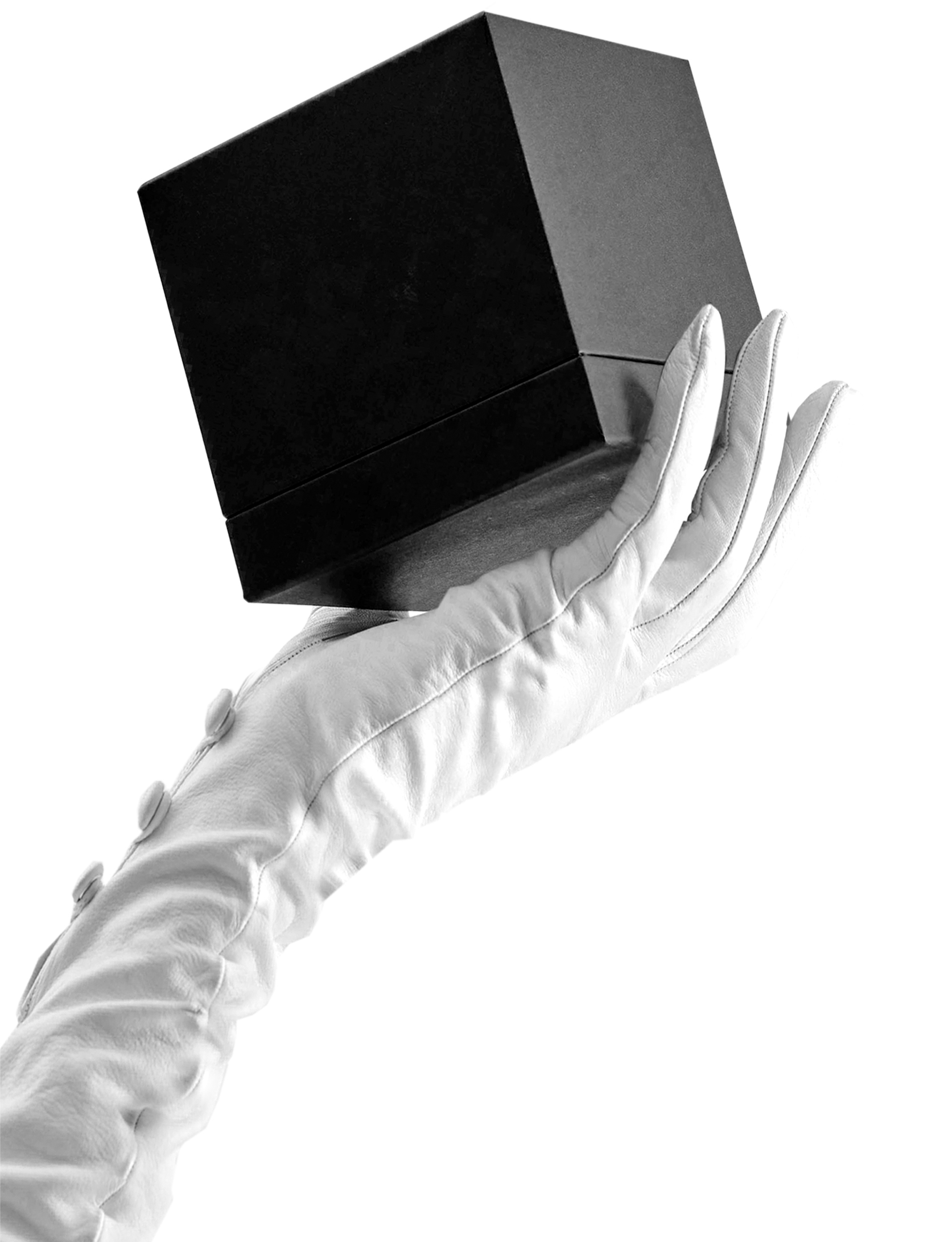 If beauty is an attitude,
If beauty is an attitude,
packaging is its echo.
Because beauty is not meant to be hidden — it is meant to be revealed.
Packaging is the ritual where the invisible takes form,
the memory of a first encounter, the beginning of a lasting impression.
We do not manufacture boxes.
We manufacture prints.
Because if beauty is an attitude,
we give it a memorable shape through packaging.
When the Bauhaus brought designers into factories in the early 20th century, industry realized that it was no longer enough to produce functional objects: they also had to be beautiful. Sensitivity entered the assembly line, and that gesture forever changed our relationship with products.
For decades, the great names of industrial design —from Gropius in Germany to Loewy in the United States— proved that aesthetics could coexist with efficiency, and even enhance a product’s competitiveness in mass production. Beauty ceased to be a luxury reserved for the arts and became a standard in everyday life.
Packaging, as the first point of contact between a product and people, was born in that intersection: it had to protect, but also seduce.
It had to be agile in production, yet meticulous in detail.
And that remains one of our industry’s greatest challenges today: how to manufacture beauty while maintaining efficiency, agility, and profitability.
Each box must come out identical, yet each one must feel unique.
Every productive gesture must be agile, yet every detail must convey that time stood still to make it perfect.
This is the paradox of manufacturing beauty: pausing for detail, even when everything around you demands speed.
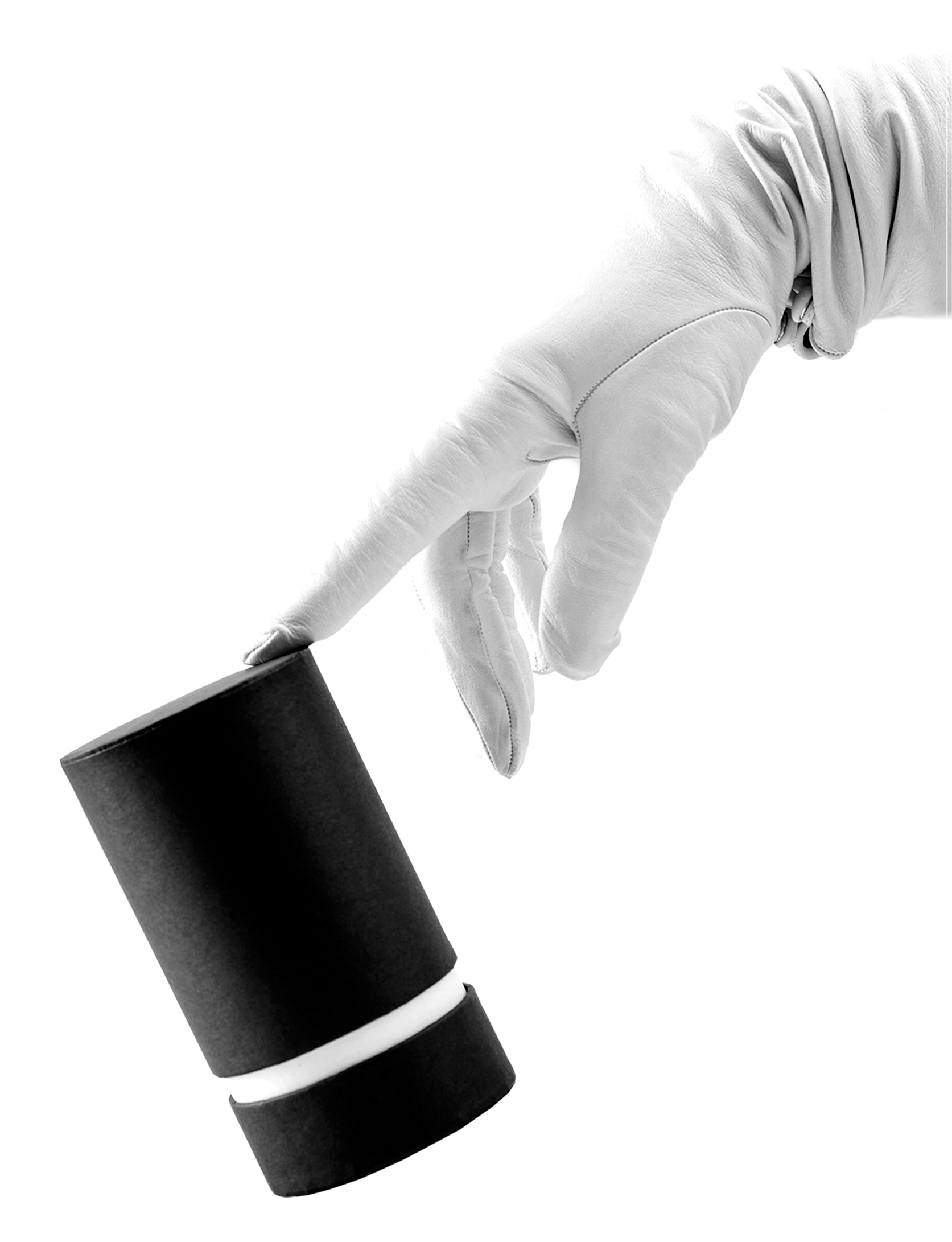
How to Manufacture Beauty in the Age of Efficiency
Beauty does not happen by accident: it is manufactured.
But manufacturing it means resolving a constant tension:
- Luxury demands absolute standards. A flawless finish, perfect proportions, materiality that speaks for itself. There is no tolerance for error.
- Industry demands efficiency.Machines that never stop, optimized processes, reduced costs and times.
- The market demands agility.Fast changes, continuous launches, constant adaptation.
How to reconcile this?
1-
Obsession with detail at every stage.
Luxury is built not in the final result, but in micro-decisions: a fold in the board, the touch of a varnish, the precise calibration of color.
2- Smart processes.
The Bauhaus already showed us that uniting art and technique is not a luxury, but a necessity. Today, innovation in machinery, materials, and software allows us to maintain high standards without sacrificing speed.
3- Beauty as a system, not as an ornament.
When design is integrated from the start —not added at the end— beauty flows in parallel with efficiency. It does not interrupt production: it elevates it.
4- Profitability through value.
A beautiful package is not a cost, it is a multiplier: it creates desire, strengthens brand, justifies price. Luxury knows that beauty is an investment.
In the 21st century, however, the definition of beauty has changed once again. Sustainability has become the great imperative: no longer optional, but a condition for survival. And in this context, beauty acquires an ethical dimension.
A case, a chest, is no longer judged solely by the quality of its finishes. It is judged by its environmental footprint, by the traceability of its materials, by its ability to reduce waste and extend life cycles. Sustainability does not limit beauty: it amplifies it. It gives beauty a deeper, more honest, more enduring value.
But beauty as an attitude is not limited to packaging. It also lies in the kind of company you choose to be.
An ethical company, large but with a family spirit, kind to its employees, fair to its suppliers, and that walks alongside its customers with openness and trust.
Beauty is not only in the outcome, but in the how: in the way we work, lead, and create shared value.
Dostoevsky wrote that “beauty will save the world.” In 2025, that phrase takes on a new meaning: the beauty that can save us is not superficial, but an attitude. The attitude of designing with respect, manufacturing with responsibility, consuming with awareness, and managing with humanity.
We firmly believe that the future of packaging lies not only in its form or function, but in its ability to embody this beauty with purpose. A beauty that protects, that communicates, that connects… and that at the same time cares for the planet, for people, and for the business culture we choose to build.
We are living through times of sustainability stress: shifting regulations, demanding bureaucracies, and constant learning curves that test every organization.
But I am convinced that those of us who decide to overcome this stage with vision and commitment will find, in this new attitude, our greatest source of value as a company.
Key References
- The Bauhaus Manifesto (1919): Walter Gropius called for “building the future” by uniting art and industrial production. This was the moment when packaging first began to be conceived not just as a container but as a piece of functional and aesthetic design.
- László Moholy-Nagy (Bauhaus professor): argued that design should “educate the senses” in everyday life, even in objects as simple as labels, typography, or packaging.
- Herbert Bayer (student and later Bauhaus master): revolutionized typography and graphic design, and his systems were used in advertising and industrial packaging.
- The democratization of design: the belief that beauty should not be a privilege for the few but accessible through consumer products. Packaging played a symbolic role in this transformation.
- Net Positive (Paul Polman & Andrew Winston): this book argues that companies that “give more than they take” not only gain a competitive advantage but also a form of practical nobility. Embedding sustainability into the core business model turns beauty into something lived and felt — not just a visible finish.
- Gilles Lipovetsky and aesthetic capitalism:Lipovetsky describes how beauty has ceased to be the privilege of exceptional objects and now permeates daily life: experiences, style, and emotion even in mass products. When this aesthetic dimension of consumption is combined with ethics and sustainability, the value of what we create multiplies.
